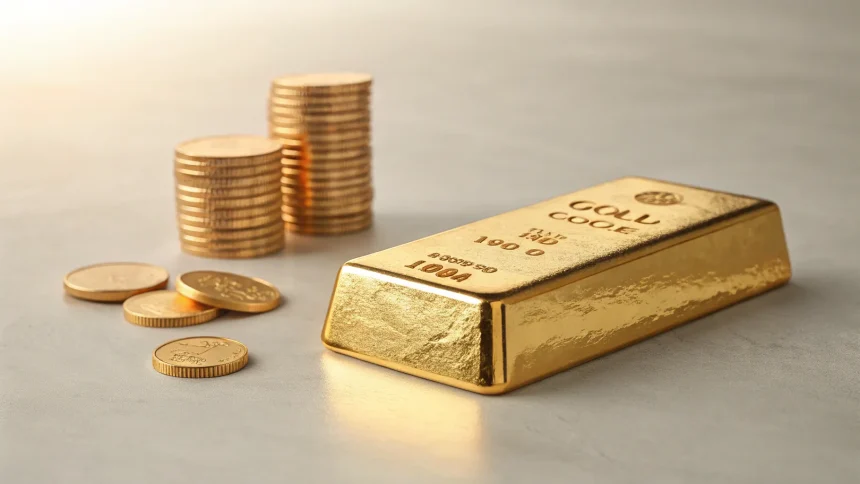Gold prices are being closely watched by investors and economists as a potential indicator of the metal’s effectiveness as an inflation hedge. As concerns about rising prices continue to impact markets, many are turning to traditional safe-haven assets like gold to protect their wealth.
The precious metal has historically been viewed as a store of value during times of economic uncertainty and currency devaluation. Today’s gold market performance may provide valuable insights into whether this reputation remains justified in the current economic climate.
Current Market Performance
Gold’s performance in today’s trading session comes amid a backdrop of persistent inflation concerns across major economies. Investors are analyzing price movements to determine if the metal is maintaining its purchasing power as consumer prices rise.
Market analysts note that gold typically performs well when real interest rates (nominal rates minus inflation) are low or negative. In such environments, the opportunity cost of holding non-yielding assets like gold decreases, making it more attractive to investors seeking to preserve wealth.
Gold as an Inflation Hedge
The relationship between gold and inflation has been studied extensively throughout economic history. Proponents argue that gold maintains its value over long periods, making it an effective hedge against currency devaluation.
Recent data shows varying correlations between gold prices and inflation metrics. While gold has appreciated significantly over decades, its short-term price movements don’t always align directly with inflation readings, creating debate about its effectiveness as a tactical inflation hedge.
Financial advisors often suggest that gold can play an important role in a diversified portfolio, particularly during periods of economic stress. However, its performance should be evaluated alongside other potential inflation hedges such as:
- Treasury Inflation-Protected Securities (TIPS)
- Real estate investments
- Commodities and natural resources
- Stocks of companies with pricing power
Factors Influencing Gold Prices
Beyond inflation expectations, several other factors are currently influencing gold prices. Central bank policies, particularly interest rate decisions by the Federal Reserve, have significant impact on gold markets. Higher interest rates typically pressure gold prices by increasing the appeal of yield-bearing assets.
Geopolitical tensions also drive safe-haven demand for gold. Current conflicts and trade disputes have contributed to market uncertainty, potentially supporting gold prices despite competing pressures.
Currency movements, particularly the strength of the US dollar, play a crucial role as well. Since gold is priced in dollars globally, a stronger dollar makes gold more expensive for holders of other currencies, potentially limiting demand.
Investor Sentiment and Market Outlook
Trading volumes and positioning in gold futures markets provide insights into investor sentiment. Current data shows mixed signals, with some institutional investors maintaining gold allocations as insurance against market volatility while others reduce exposure in favor of assets that might benefit more directly from economic growth.
Physical gold demand, particularly from major consumers like China and India, also influences price trends. Jewelry and investment demand from these markets can provide a floor for prices even when Western investment flows are negative.
The outlook for gold remains complex, with inflation concerns providing support while potential interest rate hikes create headwinds. Investors are advised to consider their overall portfolio strategy and risk tolerance when evaluating gold’s role in their investments.
As markets continue to process economic data and central bank communications, gold’s price action in the coming weeks may provide clearer signals about its effectiveness as an inflation hedge in the current environment.







